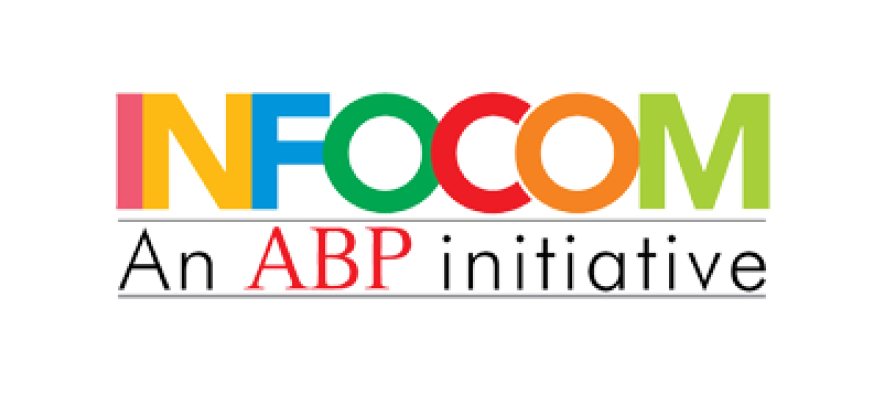Corporate social responsibility or CSR is now growing out of being a business buzzword to a business serious commitment. This is why the modern enterprises are expected to be accountable by the stakeholders and the planet. Therefore, sustainability is playing a central role in modern CSR plans. As digital operations expand, cloud computing has become a focus area. But not all cloud systems are equal. On the other hand, more businesses are exploring eco-friendly cloud solutions for enterprises that reduce consumption while delivering strong performance. In this blog, you will explore how such a solution directly supports CSR goals and why the shift matters.
The environmental cost of traditional cloud infrastructure
Cloud computing can feel invisible, but the physical impact is massive. Moreover, traditional data centres consume a normal amount of electricity and run services nonstop. As a result, these servers require continuous cooling, often powered by fossil fuels. Also, cloud systems use significant water resources. A large data centre can consume millions of litres of water for temperature regulation. Then there is well of hardware that becomes obsolete and adds to the global trash file. The same report by the International Energy Agency showed that data centres around the world used more than 200 Terawatt-hours of electricity in 2022 which is more consumed by certain countries in a year. Moreover, this increase in carbon footprint is also putting a good case forward in terms of the use of an environment friendly cloud system in enterprises. These options lessen energy depletion and contribute to the purer digital environment.
Why is the cloud solution green?
Eco friendly cloud is not only about power-saving, yet the entire system is based on transition to a sustainability model. Some key features are:
Firstly, they use renewable energy like wind, solar, or hydro. Then they eliminate the emission of carbon neutrally. These solutions include optimised cooling systems like smart ventilation or recycled water. Server efficiency that delivers more output for less power use is also important. Some cloud providers go a step further by building data centres in colder climates to reduce the cooling needs. Big players like Google, Microsoft commit to 100% renewable energy and a net-zero target. Therefore, they follow international environmental standards like ISO 14001, which tracks and reduces environmental impact. Also, enterprises looking to reduce their digital footprint should prioritize these providers when considering eco-friendly cloud solutions for enterprises.
Linking CSR strategy with green cloud adoption
How does the green cloud platform tie into CSR goals? The link is stronger than it may appear. Sustainability is a major part of environmental, social, and government reporting. Because every form has to submit these documents every year. Also, cloud systems that use green energy allow for detailed tracking of carbon savings. These metrics feed directly into the CSR progress report. Enterprises can also use analytics dashboards by cloud providers to monitor energy usage by workload, estimated CO2 reduction, and water and hardware efficiency. As a result, these data points help to create transparent and data-backed CSR outcomes.
Business advantages of an eco-friendly cloud solution
Besides being good for the environment, green cloud systems bring real business benefits. Some of them are:
- To begin with, it has an energy-efficient system in order to minimize power bills. With time, these savings can cumulatively increase to a huge amount.
- The green business has become more favourable to the eco-conscious consumers and investors. A green tech approach boosts public image as well.
- Lastly, the great advantage is that global complaint. As more countries introduced digital and environmental laws, enterprises using the green cloud are already ahead.
More importantly, businesses using eco-friendly cloud solutions for enterprises gain long-term flexibility. This platform the usually built to keep and handle advanced workloads like AI or real-time data processing.
Implementation
The shift to the green cloud sounds great, but how do companies do it? Here is a step-by-step approach:
- First, they check the audit current uses and understand which system consumes the most energy.
- Then they choose a certified provider to meet the global Green standards.
- Also, planning to face migration will give backup and archives.
- CSR and compliance must work together in a properly trained internal team.
- Lastly, tracking performance with the help of tools like monitoring to improve the environment and impact is most necessary.
Also, look for providers that offer migration assistance. This changes smoother, especially for large enterprise workloads.
Typical problems and solutions Common problems and the way to overcome them
Another side of this is that everything has a concern and the green cloud is not an exemption.
Challenge 1: It’s too expensive
In reality, many green platforms have similar pricing to the traditional ones and sometimes even lower. Energy saving overtime helps to cut down the cost.
Challenge 2: It may slow down systems
Modern eco-friendly cloud delivers according to your performance. As a result, green doesn’t mean weak. Many offer high availability and fast processing.
Challenge 3: It’s hard to measure the impact
Leading providers now offer a full dashboard that shows real-time energy use. Carbon dioxide output and sustainability scores as well.
Moreover, by understanding the challenges and addressing them in time, enterprises can adopt eco-friendly cloud solutions for enterprises with confidence and clarity.
Conclusion
Eco-friendly technology is not a trend but its responsibility. As enterprises are growing digitally, they must also grow responsibly. Sustainable cloud computing is a powerful way to support that shift. Additionally, choosing an eco-friendly cloud solution for enterprises helps to meet CSR goals while also offering flexibility, efficiency, and strong Market positioning. It builds long-term trust with investors, customers, and communities. It’s a smart step that balances first with performance. Brands like Infocom ABP prove that the cloud can be both efficient and ethical.

